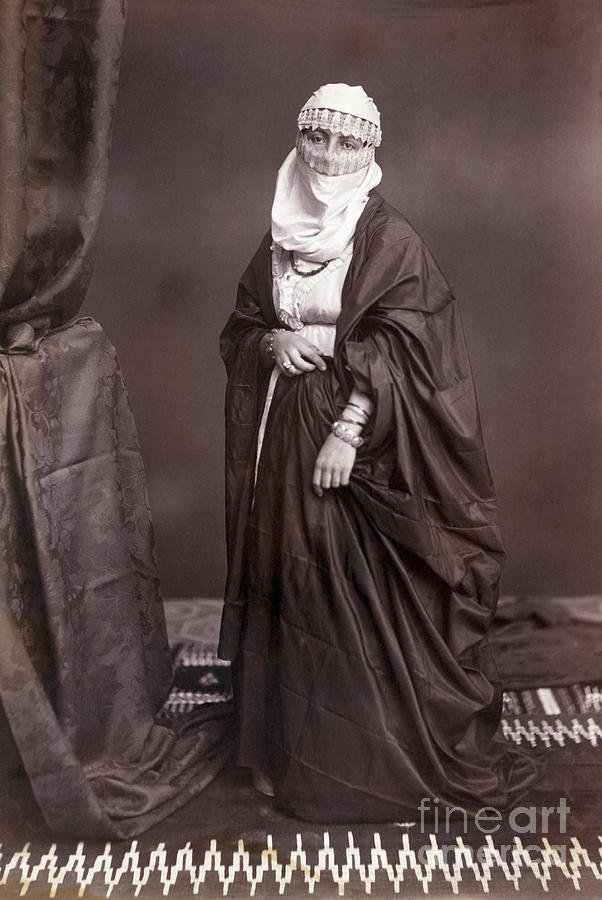Experience the Sophistication of Standard Eastern Attire
Start a trip with the detailed world of standard Eastern clothing, where each garment informs a story woven with cultural richness and historical significance. From the dynamic tones of a Chinese qipao to the regal style of a Pakistani shalwar kameez, these garments provide a glimpse into a globe where workmanship meets creativity. The combination of lavish fabrics and fragile needlework techniques develops a tapestry of style that transcends borders and time. Join us as we unwind the keys behind these elegant pieces and uncover the allure of Eastern clothes that has captivated generations.
Background of Eastern Attire
Eastern outfit has an abundant history that dates back centuries, mirroring the varied cultures and traditions of areas such as Asia and the Center East. In Asia, typical attire varies substantially from the vibrant saris used in India to the elegant kimono of Japan.
Throughout background, Eastern outfit has not only served as a type of clothing but also as a sign of social identification and heritage. Today, Eastern clothes continues to progress, mixing typical aspects with modern fashion patterns to create one-of-a-kind and timeless designs.
Significance of Embroidery
Needlework plays a vital duty in typical Eastern clothes, including elaborate details and social relevance to garments that have been passed down with generations. In Eastern societies, embroidery is not just attractive however holds deep symbolic definitions. Each stitch and pattern can communicate tales, ideas, and even social standing.
The art of embroidery in typical Eastern clothing is a labor-intensive process that requires skill and perseverance. Extremely knowledgeable craftsmens meticulously hand embroider detailed designs onto materials making use of techniques that have actually been improved over centuries. These stitched designs commonly reflect the rich social heritage of the area they originate from, showcasing themes motivated naturally, folklore, or historic occasions.

Glamorous Fabrics Made Use Of
Luxurious materials play a crucial duty in improving the beauty and luxury of conventional attire throughout diverse Eastern cultures. Silk, renowned for its soft qualities and shine, is a preferred choice for many typical garments because of its elegant feeling and capability to drape beautifully. In countries like India, China, and Japan, silk has a long history of being used in standard attire, symbolizing wealth and condition.
An additional widely utilized glamorous fabric is brocade, defined by detailed patterns woven into the material. Brocade includes a touch of sophistication to garments and is typically seen in ritualistic attire and official wear. Velour, with its plush structure and abundant look, is also a prominent selection for traditional clothes in Eastern societies, particularly for festive events and unique celebrations.
In addition, satin, chiffon, and fabric are regularly made use of for their lightweight and flowing high qualities, adding a sense of special and sophistication to garments. These lavish fabrics not just boost the visual allure of typical Eastern attire but also contribute to the general appeal and appeal of the user.
Workmanship Methods
Standard clothes in various cultures showcases impeccable craftsmanship methods that are passed down through generations, highlighting the skill and creativity associated with developing these elegant garments. Each decoration, needlework, and stitch is meticulously crafted to create classic items that symbolize the cultural heritage and traditions of the area. The workmanship strategies made use of in standard Eastern outfit typically involve detailed handwork, such as hand weaving, hand needlework, and hand beading, which need precision and attention to information.
Artisans that specialize in these strategies undertake years of training to ideal their abilities and master the typical techniques of garment building and construction. The use of high-quality products combined with specialist workmanship results in garments that not just look visually magnificent however also stand the examination of time. The commitment click over here now to preserving these workmanship techniques makes certain that each piece of typical Eastern outfit is an artwork, mirroring the rich social history and heritage of the area.
Timeless Sophistication and Beauty

The complex embroidery, fragile beadwork, and extravagant materials used in standard Eastern outfit add to its unequaled beauty. The thorough handiwork gave through generations makes certain that every piece exhibits and informs a tale class and grace.
Additionally, the timeless silhouettes and elegant draping of traditional Eastern clothes include in its enduring appeal. The moving lines and stylish layouts develop a sense of harmony and equilibrium that is both visually appealing the original source and psychologically captivating.
Essentially, the ageless elegance and charm of typical Eastern outfit work as a testament to the skill and virtuosity of the artisans who commit their lives to preserving these splendid sartorial customs. - eastern wear pakistan
Verdict
Finally, the elegance of conventional Eastern clothes is a testimony to the abundant background, social significance, and intricate craftsmanship of the region. From the fancy embroidery to the elegant textiles and classic beauty, each garment narrates and reflects the social identification of its beginnings. Welcoming Eastern clothes allows one to appreciate the artistry and elegance that visit this website have been given via generations, creating captivating and truly splendid items.
Embark on a journey with the elaborate world of traditional Eastern attire, where each garment informs a tale woven with cultural richness and historical relevance.Needlework plays a crucial function in typical Eastern clothing, adding complex information and social relevance to garments that have been passed down via generations.Luxurious textiles play a crucial function in improving the sophistication and opulence of traditional clothing across diverse Eastern societies. The craftsmanship techniques made use of in standard Eastern outfit frequently entail complex handwork, such as hand weaving, hand embroidery, and hand beading, which call for precision and focus to detail.
In conclusion, the sophistication of conventional Eastern clothing is a testament to the abundant history, social importance, and elaborate workmanship of the region.